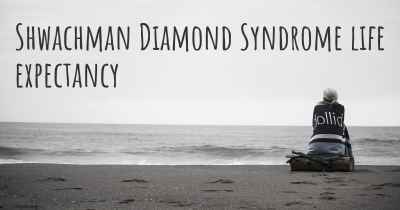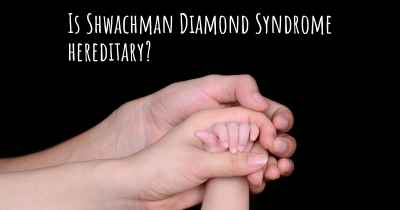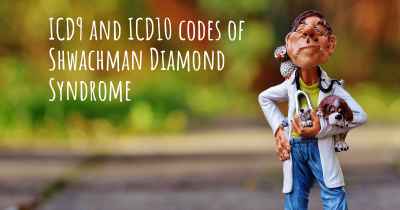What is the history of Shwachman Diamond Syndrome?
When was Shwachman Diamond Syndrome discovered? What is the story of this discovery? Was it coincidence or not?

Shwachman Diamond Syndrome (SDS) is a rare genetic disorder that affects multiple organ systems in the body. It was first described by two physicians, Harry Shwachman and Louis Diamond, in the early 1960s. Their groundbreaking work led to the identification and understanding of this syndrome, which primarily affects the bone marrow, pancreas, and skeletal system.
The history of SDS begins with the collaboration between Dr. Shwachman, a pediatrician, and Dr. Diamond, a hematologist. In 1964, they published a seminal paper titled "The Syndrome of Pancreatic Insufficiency and Bone Marrow Dysfunction" in the Journal of Pediatrics. This paper documented the cases of four children who presented with pancreatic insufficiency, bone marrow dysfunction, and skeletal abnormalities.
One of the key features of SDS is pancreatic insufficiency, which means that the pancreas does not produce enough enzymes to properly digest food. This leads to malabsorption and poor growth in affected individuals. Dr. Shwachman and Dr. Diamond recognized this characteristic and emphasized its importance in their initial publication.
Another significant aspect of SDS is bone marrow dysfunction. The bone marrow is responsible for producing blood cells, including red blood cells, white blood cells, and platelets. In SDS, the bone marrow does not function properly, leading to various blood abnormalities. Dr. Shwachman and Dr. Diamond observed this connection and highlighted it in their research.
Over the years, further research has expanded our understanding of SDS. Genetic studies have revealed that SDS is caused by mutations in the SBDS gene. This gene provides instructions for producing a protein called Shwachman-Bodian-Diamond syndrome protein, which is involved in various cellular processes. Mutations in the SBDS gene disrupt normal protein function, leading to the development of SDS.
Since the initial discovery of SDS, several other clinical features have been associated with the syndrome. These include short stature, skeletal abnormalities (such as scoliosis and hip dysplasia), immune system dysfunction, and an increased risk of developing certain cancers, particularly leukemia.
Diagnosing SDS can be challenging due to its variable presentation and overlap with other conditions. However, certain diagnostic criteria have been established based on clinical features, laboratory tests, and genetic analysis. These criteria help healthcare professionals identify individuals with SDS and provide appropriate management and treatment.
Treatment for SDS is primarily supportive and aims to manage the various symptoms and complications associated with the syndrome. This may include pancreatic enzyme replacement therapy to address pancreatic insufficiency, growth hormone therapy to promote growth in children, and regular monitoring of blood counts to manage bone marrow dysfunction. Additionally, individuals with SDS may require specialized care from a multidisciplinary team of healthcare professionals.
Research into SDS continues to advance our knowledge of the syndrome. Scientists are investigating potential therapies that target the underlying genetic defect in SDS, such as gene therapy or small molecule drugs. These advancements hold promise for improving the management and outcomes of individuals with SDS in the future.
In conclusion, Shwachman Diamond Syndrome is a rare genetic disorder that was first described by Dr. Shwachman and Dr. Diamond in the 1960s. Their pioneering work shed light on the key features of SDS, including pancreatic insufficiency and bone marrow dysfunction. Subsequent research has identified the genetic basis of SDS and expanded our understanding of its clinical manifestations. While there is currently no cure for SDS, supportive treatments are available to manage the symptoms and complications associated with the syndrome. Ongoing research aims to develop targeted therapies that address the underlying genetic defect in SDS.








